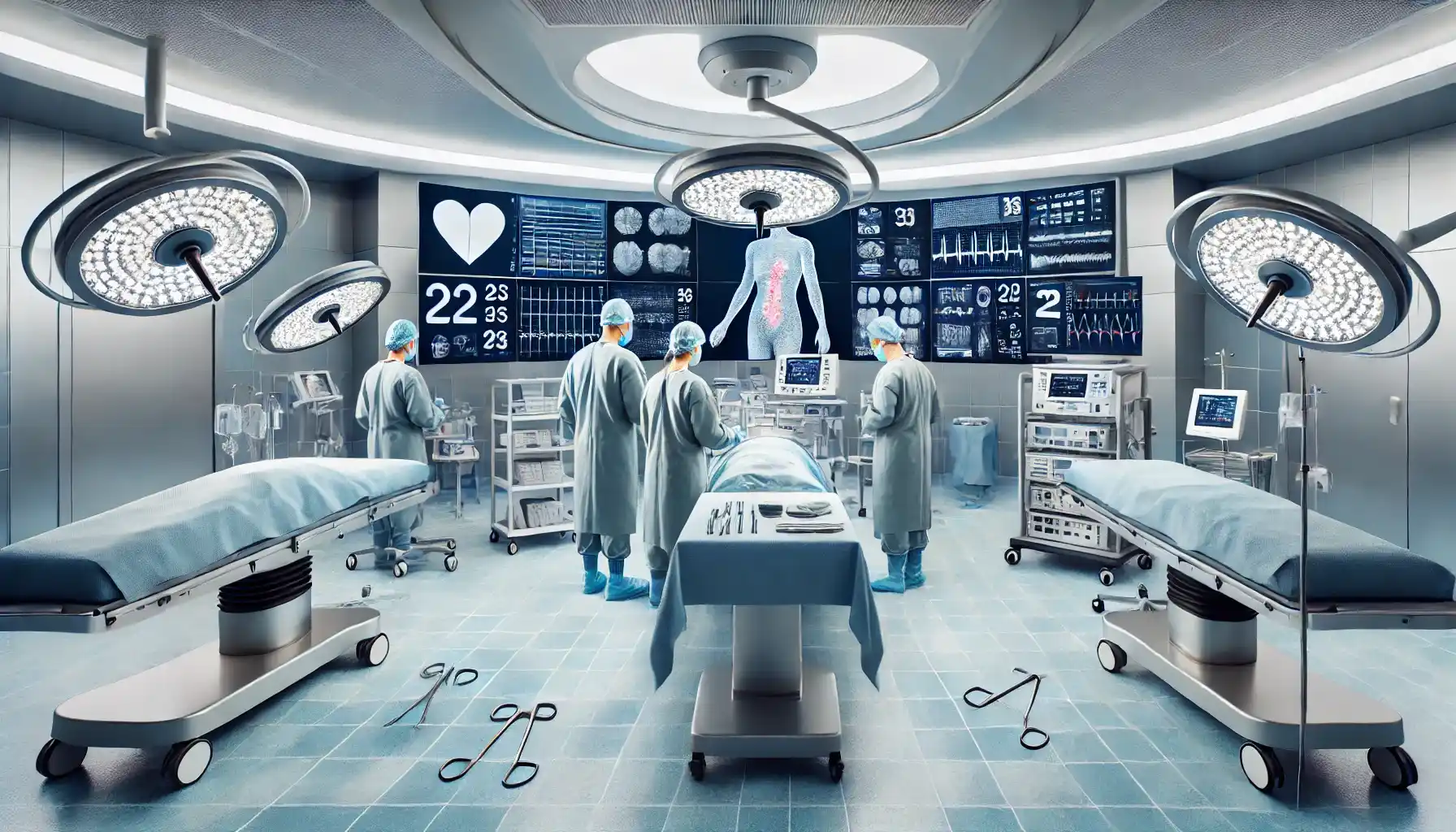Introduction to Abdominoplasty: Understanding Your Options
Abdominoplasty, more commonly known as a tummy tuck, is a popular surgical procedure that reshapes and contours the abdomen. It is an effective solution for individuals who have experienced significant changes in their body due to weight fluctuations, pregnancy, or aging, which have led to excess skin and weakened abdominal muscles. This comprehensive guide aims to provide you with a detailed overview of abdominoplasty, helping you understand the procedure, the different types available, and what you can expect before, during, and after surgery.
What is Abdominoplasty?
Abdominoplasty is a cosmetic surgical procedure designed to enhance the appearance and functionality of the abdominal area. It involves the removal of excess skin and fat from the abdomen and the tightening of the abdominal muscles. This procedure is particularly beneficial for those who have not achieved their desired results through diet and exercise alone and are looking to address issues such as sagging skin or a protruding belly that often results from pregnancy or significant weight loss.

Types of Abdominoplasty
Understanding the various types of abdominoplasty can help you and your surgeon determine the most appropriate approach based on your specific needs and aesthetic goals. Each type of tummy tuck addresses different areas of the abdomen, with varying degrees of complexity and recovery time:
Full Abdominoplasty: This is the most comprehensive form of abdominoplasty, suitable for those who require extensive correction. The surgeon makes a horizontal incision across the lower abdomen from hip to hip, just above the pubic area. This allows for the removal of a significant amount of excess skin and fat and enables the tightening of muscles across the entire abdominal wall.
Mini Abdominoplasty: Targeted at individuals with less pronounced abdominal changes, the mini tummy tuck involves a smaller incision and less extensive dissection. This procedure is ideal for those who are primarily concerned with the area below the navel. Recovery from a mini abdominoplasty is generally quicker, with less scarring.
Extended Abdominoplasty: Extending beyond the traditional tummy tuck, this procedure includes the removal of excess skin and fat from the flanks or lower back areas. It is well-suited for individuals with excess skin that wraps around the hips.
Fleur-de-Lis Abdominoplasty: Named after the stylized lily that the incision shape resembles, this method involves both vertical and horizontal cuts. It is used for patients who have undergone massive weight loss and have a significant amount of excess skin both vertically and horizontally across the abdomen.
Each type of abdominoplasty offers specific benefits and considerations, and the choice largely depends on the patient's current body condition and the desired outcome.
The Surgical Process of Abdominoplasty
Embarking on the journey of abdominoplasty requires understanding the surgical process thoroughly. From initial consultations to the surgery day and what happens in the operating room, having a clear expectation can ease your mind and prepare you for a successful recovery.
Initial Consultation
The first step towards abdominoplasty is a detailed consultation with a qualified plastic surgeon. This session is crucial as it sets the groundwork for your procedure:
Goal Assessment: Your surgeon will discuss your aesthetic goals, review your medical history, and conduct a physical examination to assess the condition of your abdominal area. This helps determine the most suitable type of abdominoplasty.
Educational Discussion: Expect to receive comprehensive information about the risks, benefits, recovery expectations, and the realistic outcomes of abdominoplasty.
Preparation Guidelines: Your surgeon will provide instructions on how to prepare for surgery, including guidelines on diet, medication, and what to avoid prior to the procedure.
Day of Surgery
On the day of the surgery, you will arrive at the hospital or surgical center, where the following steps will occur:
Anesthesia: Abdominoplasty is typically performed under general anesthesia, ensuring you are comfortable and pain-free throughout the procedure.
The Procedure: Depending on the type of abdominoplasty you and your surgeon have decided on, the specific steps will vary:
Incisions: For a full abdominoplasty, a horizontal incision is made from hip to hip just above the pubic area, while a mini-abdominoplasty may involve a smaller incision.
Removal of Excess Skin and Fat: The surgeon will remove excess skin and fat and may use liposuction to refine the contour of the abdomen.
Muscle Tightening: The most transformative part of the abdominoplasty is often the tightening of the abdominal muscles, which are sutured together to create a firmer abdomen and narrower waistline.
Closing the Incisions: The incisions are closed with sutures, and dressings are applied. In some cases, drains are placed to remove excess fluid and support healing.
Duration of the Surgery
The length of an abdominoplasty can vary but generally lasts between two to four hours, depending on the complexity and extent of the surgery.
Recovery and Aftercare
Recovering from abdominoplasty is a critical component of achieving the best results. Here’s what you can expect during the initial recovery phase:
Hospital Stay: Depending on the extent of the procedure and your general health, you might go home the same day or you might need to stay overnight.
Postoperative Care: Initially, you will experience swelling, bruising, and discomfort. Pain can be managed with medications prescribed by your surgeon.
Recovery Time: The first few days after surgery are typically the most challenging. You are advised to take it easy, although short walks are encouraged to promote circulation.
Follow-up Appointments: You will have scheduled visits with your surgeon to monitor your healing and remove any drains or sutures.
The recovery process requires patience and adherence to your surgeon's advice to ensure the best outcome.

Long-Term Benefits and Lifestyle Considerations Post-Abdominoplasty
Abdominoplasty is more than just a cosmetic procedure; it can significantly impact your lifestyle and self-perception. Understanding the long-term benefits and how to maintain your results can help ensure lasting satisfaction with your new figure.
Enhanced Physical Appearance and Confidence
The most immediate benefit of abdominoplasty is the visible improvement in the contours of your abdomen. The removal of excess skin and fat, along with the tightening of abdominal muscles, typically results in:
A Flatter, More Toned Abdomen: This change can dramatically improve how clothes fit and look, boosting your confidence and body image.
Reduced Appearance of Stretch Marks: Although not a primary goal, many stretch marks located on the excised skin may be removed or noticeably reduced.
Improved Physical Comfort and Health Benefits
Beyond aesthetics, abdominoplasty offers several physical and health benefits:
Improved Posture: Tightening of the abdominal muscles supports the spine better, which can alleviate some forms of back pain commonly associated with weak core muscles.
Enhanced Mobility: Removing excess abdominal skin can make physical activity more comfortable, encouraging a healthier and more active lifestyle.
Relief from Skin Irritations: By removing overlaps of skin that can lead to chafing and rashes, abdominoplasty can increase comfort in daily life.
Maintaining Your Results
To ensure the longevity of your abdominoplasty results, consider the following lifestyle adjustments:
Weight Stability: Major fluctuations in weight can stretch the skin and affect the surgical results. Maintaining a stable weight through a balanced diet and regular exercise is crucial.
Core Strengthening Exercises: Once fully recovered, incorporating exercises that strengthen the core can help maintain the results of the surgery.
Regular Follow-ups: Continue to see your plastic surgeon for regular assessments to address any concerns promptly and to discuss ways to maintain your results.
Conclusion
Abdominoplasty can be a life-altering procedure, offering not just an improved physical appearance but also enhancing your overall quality of life. With careful planning, realistic expectations, and proper care, the benefits of this surgery can be long-lasting. Always ensure that your decision to undergo abdominoplasty is informed by thorough research and consultations with experienced and certified plastic surgeons. By understanding the comprehensive nature of the procedure and following through with essential aftercare, you can enjoy the transformative effects and move forward with greater confidence and comfort in your body.
In summary, abdominoplasty isn't just a solution for cosmetic enhancement but a step towards a healthier, more confident lifestyle. By aligning your expectations with realistic outcomes and adhering to a healthy lifestyle, you can maximize the positive impact of your tummy tuck experience.


